|
As a parent you want the best for your child. You encourage them from day one to try new things, to get involved in wholesome activities, to make new friends and to not be afraid when a new situation presents itself. My daughter has experienced all of these things while dancing with the River Rhythms Dance Center competition team. My daughter started dancing at the age of 2. As she put her ballet slippers on that very first day, I began to watch a transformation take place. Her smile was contagious as the music began to play and her feet started moving. She would giggle at the slightest change in tempo and wave her arms in response to the clickety-clacking sound that her tap shoes would make as she moved around the floor. This constant enthusiastic motion has never stopped. A year ago, my daughter, Michaela, expressed an interest in joining the competition team. Despite the financial and time commitments, we could not be happier with the decision to allow her to join. The social and emotional growth that has transpired over the year has been fun and exciting. My daughter has always been a mature little girl. As parents, there is always the concern around what your child is exposed to and the impact this exposure will have on them. With this thought in mind we encouraged her to get involved with activities that would continue to foster value and life skills that we find pertinent to success. Dancing with the River Rhythms Competition Team has positively impacted her in so many ways.
Throughout the year, I have watched her grow into a confident, brave, and socially outgoing young lady. Michaela has no self-doubt when performing on a stage; whether this be dance or school related. She has the ability to take control of a situation and speak up if needed. When a friend or team mate is experiencing a difficult situation, Michaela is there as support or to motivate. These skills can be seen throughout the rooms at the studio. I have noticed that the girls have grown to become a close knit family. They encourage and support each other through all the challenges of the dances and the competitions. There is a whole lot of laughing and joking going on!! It has warmed my heart to have my daughter learn the fundamental value of teamwork, competition, friendship, respect, and determination at the age of seven. These lessons will carry her through her adult years. I strongly feel that the family she has created at the studio has had an integral part in her development. We are very pleased that we made the decision to have our daughter join the River Rhythms Dance Center Competition Team. -Dance Mom, Amy Vargason
0 Comments
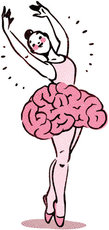 I enjoy looking up information regarding two things I am passionate about, dance and psychology. I recently stumbled across some research that looked at the effects of dancing on the brain that I thought were worth sharing. I am sure we are all aware that dancing is great for our physical health, but did you know it is also good for your brain? According to this research, dancing is multi-tasking and requires the use of several brain functions at once — kinesthetic (body movement/muscle memory), rational (organizing/planning), musical, and emotional. As a result, dancing challenges your mind, which forces your brain to generate new connections or pathways. It was said that regular aerobic training that incorporates some type of dance at least once a week can maximize a person's brain function. So keep on dancing! It's a fun and challenging way to keep your body and mind active and healthy! -Miss Lara For those interested, some cutting-edge dance-related neuroscience is going on right now at the SoBA Lab in Wales. (also the source of this blog post's illustration, © SoBA Lab, Bangor, Wales Nutritional Pitfalls To Avoid During Competition SeasonAs every dancer should know, diet and nutrition play an important role in overall performance outcomes. A dancer’s body relies on the proper fuel to perform its best at competitive levels. If you have a performance or competition in the near future, avoid these common nutritional pitfalls to make sure your body is capable of the demands it will soon face. The following are five common mistakes that can hinder a dancer’s performance.  1. Not drinking enough water: As with every active sport, fluids lost through sweating must be replaced. Even mild dehydration can impair your performance and reduce your ability to concentrate. Fluid replacement is especially important as temperature increases, or you sweat heavily. NEVER wait until you are thirsty to drink water. If you wait until you know you need it, dehydration has already developed. A dancer is an athlete and therefore requires a minimum of 35 cc per kilogram of body weight to stay hydrated. So for a 120 pound dancer this would mean she would need approximately 1,909 cc of fluids or 8 full 8-10oz glasses of water per day. This number is slightly higher for male athletes because they tend to have more lean  2. Trying to Lose Weight: Some dancers feel that being a smaller size will make them look better on stage (an entirely untrue misperception) so they crash diet in the weeks before a competition. However, focusing on losing weight close to a competition can only cause a decline in your strength and ability. Your main focus should be on giving your hardworking body the right fuel it needs to keep up with the required stamina it takes to survive a competition weekend in a healthy and successful way. 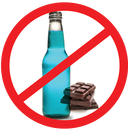 3. Eating the wrong foods: Many styles of dance are anaerobic, consisting of short periods of intense activity in which the muscles of the body become fatigued quickly. During intense anaerobic dancing, your body relies on carbohydrates stored in the body as glycogen as well as blood sugars. If you are finding it difficult to get through your routines without complete exhaustion, try eating meals that consist of foods high in complex carbohydrates a few days before your performance day. A dancer’s diet should be composed of about 55-60% carbs, 12-15% protein, and 20-30% healthy fats. During weekends of non-stop competition and rehearsals the amount of carbohydrate should be increased to about 65%. Remember, carbohydrates are the main fuel source for your muscles! Foods high in complex carbs include pasta, rice, bagels, whole grain breads and fruit. Blood sugar spiking foods such as sodas and candy should be avoided. Short spikes in blood sugars can give you “temporary” periods of energy but will cause you to crash quickly; leaving you with less energy than before you ate them. 4. Not eating and drinking enough on performance day: With all the stress that comes along with performance day, some dancers forget all about proper nutrition to fuel and keep energy levels at their all time high. Unfortunately, forgetting to eat will only lead to poor performance, as your body will be fatigued and you will suffer the physical effects of low blood sugar. Even if your stomach feels a little queasy with the familiar “butterflies” force yourself to eat something light and healthy. Try eating small healthy snacks such as fruit, natural granola bars, water, homemade trail mix, peanut butter on whole wheat bread, or Greek yogurt in the hours leading up to you performance. Even 30 minutes before it’s your turn to perform on stage would be a good time to consume those complex carbs that will give you the energy you need to compete at your best! Remember, all dancers need to ingest sufficient energy to meet the rigors of hard training. Consuming the right amount and type of food will provide the body with “high performance fuel” necessary to achieve optimal training benefits and peak performance.  5. Not getting enough sleep the night before a performance weekend: Proper sleep and rest are critical to a performers success the night before a competition. Getting enough sleep is essential for dancers, both for preparing for, and recovering from, training and competition. Sleep is extremely important for many biological functions. Depriving your body of sleep can have significant effects on your overall performance. Sleeping helps you to recover from the previous day and prepares you for functioning in the next. Your recent sleep patterns can have a huge impact on your overall daytime functioning, including performance capabilities. While you are sleeping, your mind reviews and rebuilds things you learned during the day. For example, during sleep your mind continues to review new jazz choreography or tap sequences that you learned earlier that morning. Sleep allows your mind to have a chance to sort through new information, filing it away in strategic places to make it easier for you to find it later. If you don't get enough sleep, your overall performance may suffer in the following ways:
How to Get More Sleep For many dancers, getting enough sleep is not an easy task. A dancer's daily schedule is sometimes packed, especially during performances or competitions. Rehearsal schedules can sometimes be rigorous and often times be extended at the last minute. But getting enough sleep should be a goal of every dancer. Here are a few tips for improving your sleep:
Try your best to make sleep a priority, even when you are not performing. Getting an ample amount of sleep can not only help with your training, it can also help sustain high immunity levels, reduce aches and pains, and keep you happier and much more productive on the dance floor.
-Miss Rochelle As a choreographer I have to come up with new and interesting ideas for dances year after year. People often wonder where I come up with ideas for all of the routines I choreograph so I thought I would share a little bit about that process. The process has changed over the 15 years I have been teaching. When I first started teaching dance, iTunes and YouTube were not around so the ease in which I can find music now was not available to me at the time. I would often just purchase several CD’s (at approximately $15-$20 a piece) and listen through them all crossing my fingers in hopes that one song on the CD would be a good song to create a routine too. I would often be left with a pile of CD’s that didn’t have any good songs to dance to. As iTunes became popular I would then use the search feature on iTunes and type in words that I thought could inspire a good dance routine. By typing in the words “pots and pans” (I am also inspired by the possibility of using props in a routine) I found a song called “Pots and Pans” which resulted in me creating a routine that was highly successful the entire year of competition that season. My students at the time were 9 years old, just entering the junior age division, which at the time was 9-12 years old and they won 1st place overall that year at most competitions we attended even though they were at the bottom of the age division. I am often inspired by props as I said and will sometimes think of a prop and then search for music to accompany the prop. Two years ago I thought of using a carousel in a routine and then began to search for music that would relate. I found a song that I really liked, and the creepy undertone to the music then inspired the choreography and costuming. Sometimes I will hear a song on the radio or in a commercial and be inspired to use it. The app “Sound Hound” has become quite useful to me when I am in a store or hear a song somewhere and I want to know what it is. This app will just listen to the song that is playing and then tell you the title, the artist, and even offer the option to purchase it on iTunes.
I openly take suggestions from others. This past year a few dance dads recommended songs to me that I really liked and we used them for a couple pieces. One routine that we did last year “Mind Games” had a really successful season and the idea for the song and the prop came from two of the dance dads on our senior level team. Creating new pieces is a really exciting process. The students are always so excited to hear what song they will be dancing to and can’t wait to jump into the process of learning new routines. They get so excited about what they accomplish each week and can’t wait to ask if they can invite people in to the classroom to watch what they have learned so far. It is a really fun process for both the students and I. We can’t wait to share with you what we have been working on for Season 3! -Miss Kristyn 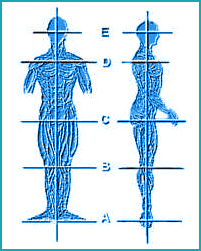 Social dancing is a lot of fun but is different than learning to dance as a “dancer.” Learning the “art of dance” takes training of the proper muscles. This requires the aspiring young dancer to be attentive in class and to focus on the core dance exercises that build the proper foundation that will achieve the desired development of muscles. This helps achieve proper positions in stationary and movement patterns. This year I decided each month I will focus on a phrase that will help the students focus on an area of development that connects the exercises that we do in class with the value it has on achieving the desired results. September’s phrase was “lift and lengthen.” Dancers, especially ballet and lyrical dancers have a certain “airy look” about them when they perform. Even modern and contemporary dancers understand proper body alignment as a central and neutral point for more off centered movement. Many dancers appear tall on stage but when you meet them close up this may not be the case. Their ability to project their performance into the audience starts with standing correctly. It is important for the student of dance to understand proper body alignment in dance. Standing straight and tall in dance will feel different than standing in a mirror to check out the new outfit you are wearing. A student’s “natural” stance is different than a “dancer’s” stance. Naturally we all stand differently as humans. Some people have a spine that is more curved than others. Some people tend to tip their pelvis forward or slouch their shoulders, and others have more of a mobile spine in which the pelvis tips backward. In dance we ask the dancer to “lift and length” the spine. This ensures the best alignment and helps with injury prevention. Through imagery I ask the students to think about “lifting and lengthening” their spine in various ways. We talk about each vertebra that makes up their spine. Lifting through the spine includes imagining that each vertebra has “space” in between. Using the core abdominal muscles will help align the spine. This stance also removes a sway back or forward tilt of the pelvis. Often this is referred to as a “neutral spine.” Correct posture also helps other muscles in the arms and legs to develop correctly. So here is how the body lines itself up properly in a well-trained dancer: The head is supported by engaging the neck muscles, lifting the chin slightly and ensuring the ears are in line with the shoulders. The shoulders are aligned with the hips. The ribs are aligned with the pelvis/hips. The shoulders not be sticking out too far forward or concaved. The oblique muscles help with alignment. Students should image “space” between the bottom of the ribs and the top pelvis bones. The pelvis should not be tipped forward or back. The knees align over the ankle and the foot. The arches of the feet should be lifted with all five toes lying comfortably flat on the floor. The weight of foot should be equally distributed “in a triangle” (between the heels, between the first and the second toe and between the fourth toe and pinky.) So “lifting and lengthening” the muscles sounds easy but takes both the mind and body working together to achieve the correct alignment. -Miss Lisa It is essential to understand the importance of warm up to prevent injury and fatigue as a dancer. Before asking our bodies to do the physical demands required in dancing, we need to adequately prepare. A proper warm up will enhance your performance and is essential for a long dance career. Sometimes, we feel pressed for time, and we hurry right into stretching only to find it left us sore and tighter later in the day. Our bodies crave a quality warm up! Before you start dancing… you should be sweating.
Coming into the studio and dropping into splits is NOT the proper approach. It can potentially harm a muscle that will leave you out of your classes for weeks! A “Dynamic warm up” will get the blood flowing, and warms up all your musicals, joints, and ligaments. For example, start with cardio such as jumping jacks then move on to working the feet, ankles, hip joints, and spine. Pay close attention to your posture throughout the warm up. Key factors of a dynamic warm up: • Gets your heart pumping and blood circulating (cardio) • Activates your central nervous system • Prepares body for movement that’s coming • Reduces potential for injury “Static stretching” means holding a stretch for a certain length of time. This stretching will help maintain and improve flexibility and correct muscle imbalances. Holding a stretch will return the muscle to its normal length, after contracting during lots of movements and release stress and tension within the muscle. This is best used at the END of a dynamic warm up. Key factors of static stretching: • Breathe to allow oxygen to get to the muscles • Hold stretch for 20-60 seconds • Work both sides in leg stretches and not just your favored side -Miss Sarah This summer we had the honor of attending The World Dance Championships. In order to be invited to attend you had to win the Overall High Score in your age division at a regional competition. In April we attended the Nexstar Talent Competition and had 5 routines win "the golden ticket,” which was the high score and invitation to attend Worlds. We had 3 out of the 5 routines that traveled to the Meadowlands in NJ to compete in The World Dance Championships. This was a very unique competition experience for us. It was a very well run competition with exciting and unique features that we hadn't experienced in the past. There were MC's that announced every routine, the performers were held in "waiting areas" backstage before performing, and they were interviewed following every performance. The teachers were all interviewed as well. This was all broadcast on a live webcast. We had a large number of students at the studio back home who watched the performances from the lobby of the studio as the girls competed live. At the competition we competed once in the semi-finals and then the top routines from each age division moved on to the finals. Our teen group "Mind Games" competed in the finals and placed 5th overall and won a $500 prize. This was a very exciting and unique opportunity for the dancers. It was an honor to even be invited to go and we will always remember the fun experience that it was. -Kristyn
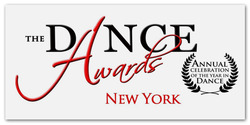 The Dance Awards NYC was honestly from the bottom of my heart, the most amazing experience I have ever had as a dancer so far. I am so grateful that I was a VIP winner, and was able to compete for Best Dancer. The amount of classes, rehearsals, and auditions that we had throughout the week was intense, but it was all so worth it. Jessie and I had a blast learning the Teen Best Dancer closing show themed "Footloose"! I was also a part of the Senior Best Dancer opening show (also themed Footloose). I auditioned for the tap part, and made it! The staff and choreographers at The Dance Awards were the most amazing people, and really made the experience even more extraordinary! Going to The Dance Awards really taught me a lot of great things. Do what you want to for yourself, and to live your life doing it because a dancers body doesn't last forever. To always keep going because you never know what opportunities will be thrown at you, and last but not least, to believe that you CAN do anything that you put your mind to, no matter who you are in this world. I would without a doubt love to go back to The Dance Awards again and again, because it really changed my outlook on dance, in the most positive ways. -Lauren Hummel
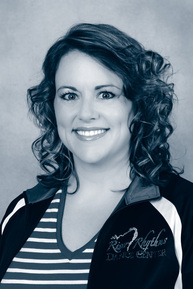 The start of the dance year is a very exciting one for me. These are some of the things I love about a fresh new year: 1. Finding new music and come up with new concepts for routines- This is so fun because I love coming up with new, creative ideas for routines. Although the music search can take hours and be frustrating because you are trying to find that perfect song for an idea you have, it is so much fun. When you find the perfect song for a group of dancers it is exciting imagining the what the routine will look like when it is all put together. 2. New costume books- Towards the end of summer the costume catalogs start rolling in and I love looking through them imagining what ones would go with the different ideas for dances that we are planning. They will sometimes even inspire the ideas for routines. 3. New dancewear/ shoes- Starting a new dance year is just like starting the new school year — everyone comes in with new “school supplies”. We need new tap shoes, jazz shoe, ballet shoes, leotards- it is fun to your new dance wear every year! 4. New choreography- It is really fun to plan out the choreography for all of the new routines we are starting. I imagine what the routine will look like come February when we first get on stage and it is exciting to imagine the process and journey the students are about to go on. 5. New inspiration and challenges- It is really exciting to see what the dancers are inspired by and hoping to challenge themselves to achieve this coming year. The growth over the course of the year is truly amazing. Happy New Dance Year!!!! ~Miss Kristyn |
WELCOMEto River Rhythms Dance Center online, your information source for Baldwinsville's premiere dance instruction center. Whether you've just discovered RRDC and want to learn more, or just need to check a dancer's schedule, this is the place for you. Here you'll find info on all our dance classes, breaking RRDC news, up-to-date info on current and upcoming events, and much more. Archives |
|
This website and its contents ©2016 River Rhythms Dance Center, unless otherwise stated.
|

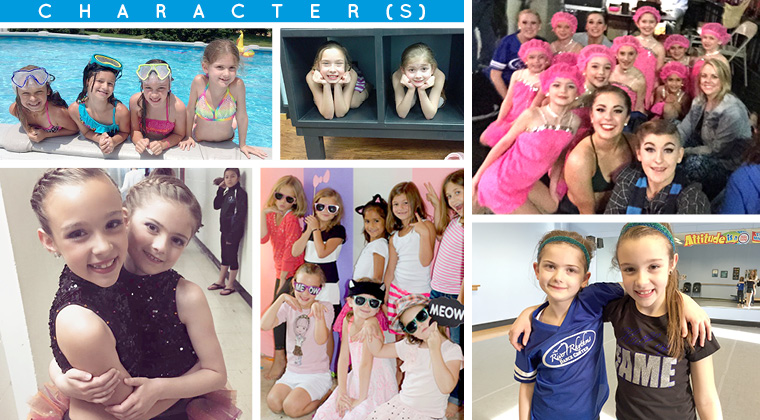
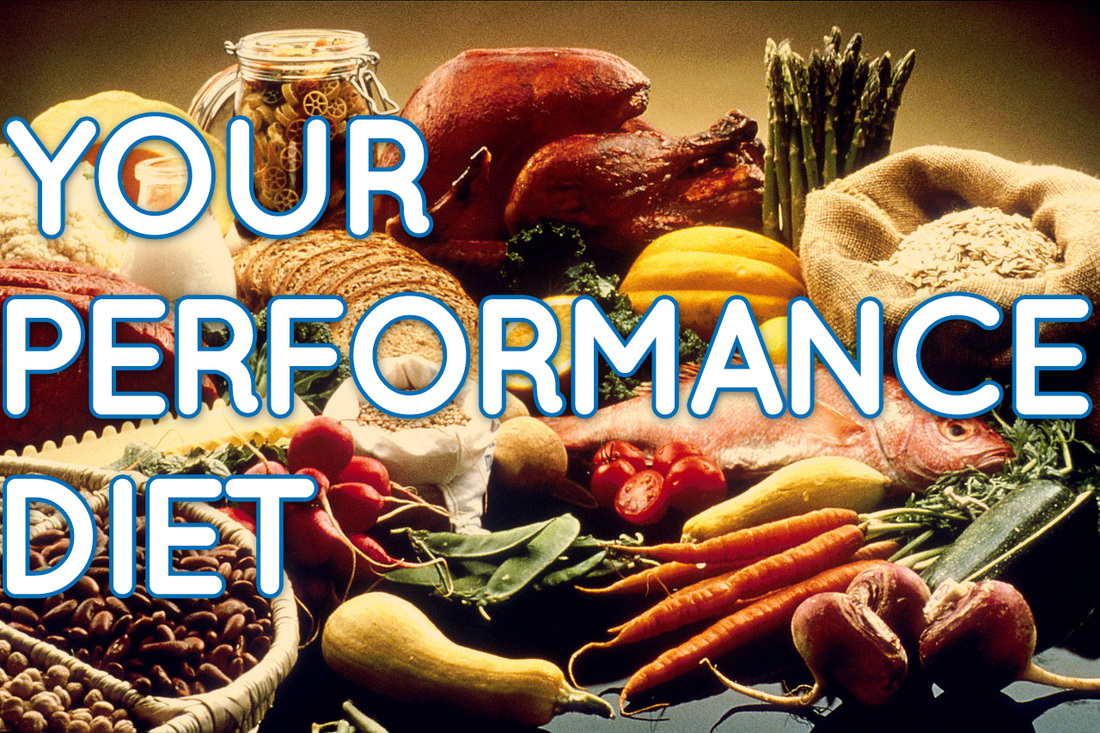
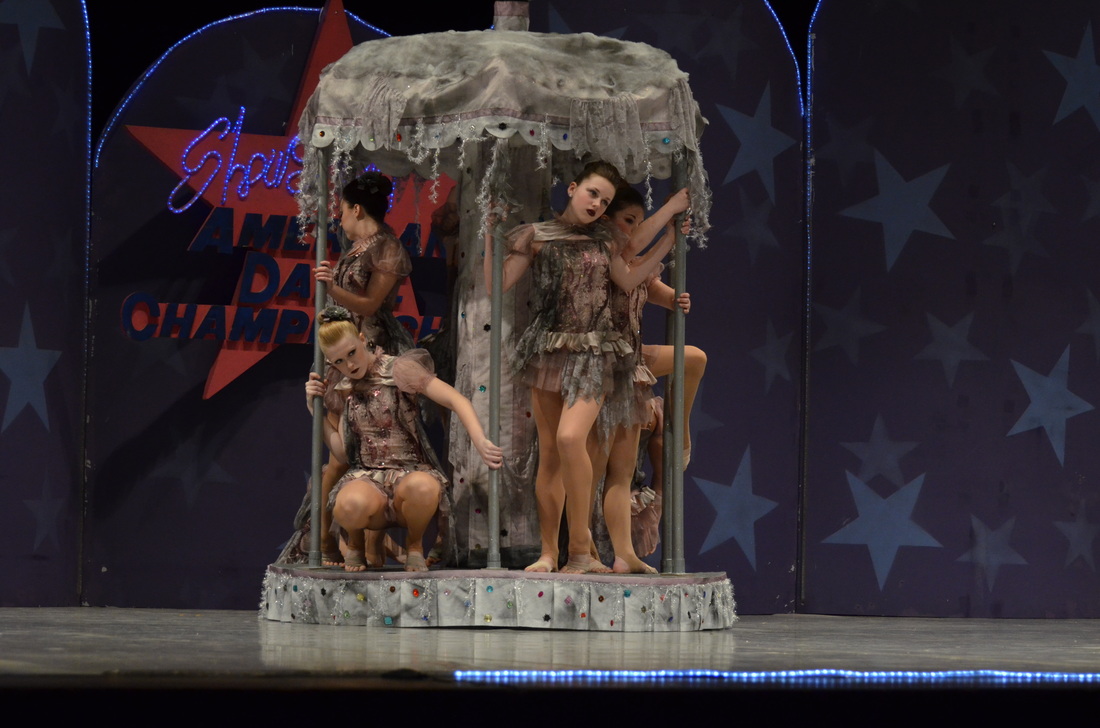
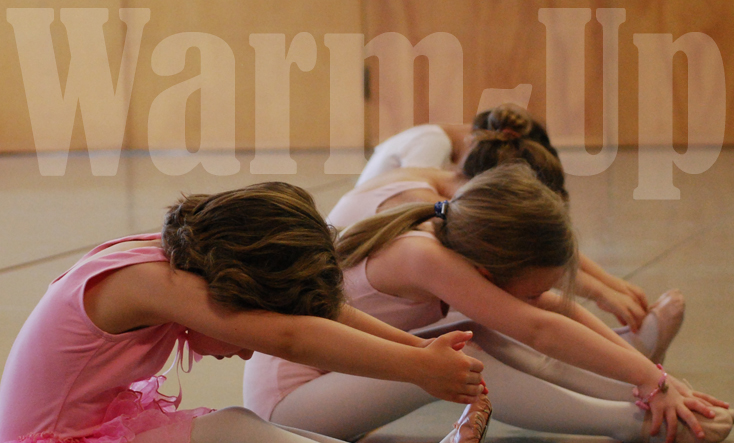
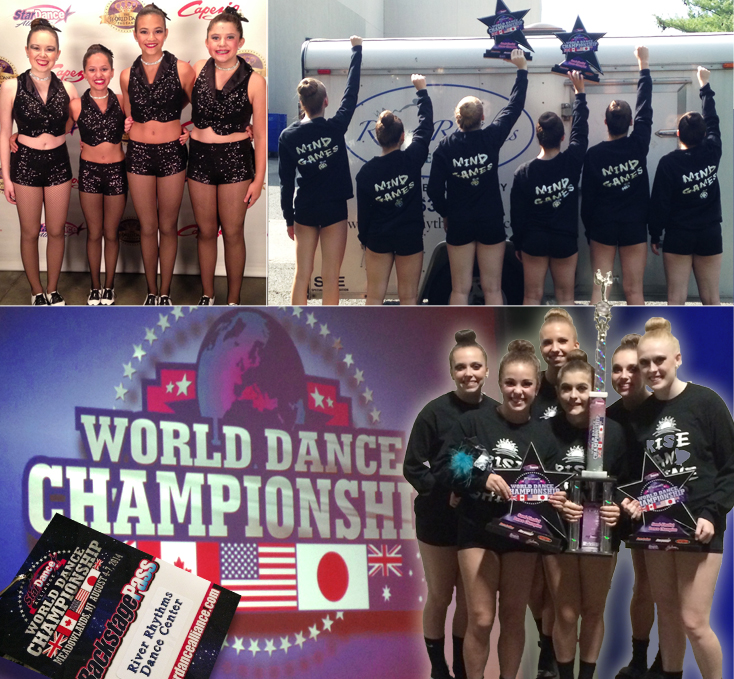
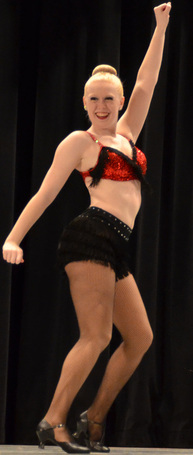
 RSS Feed
RSS Feed